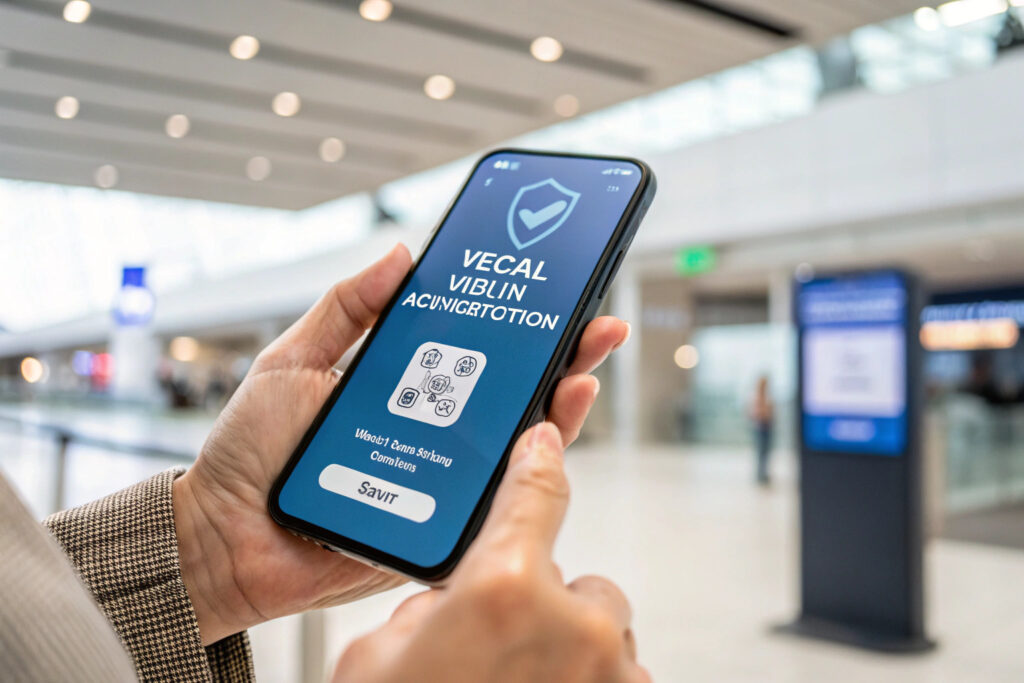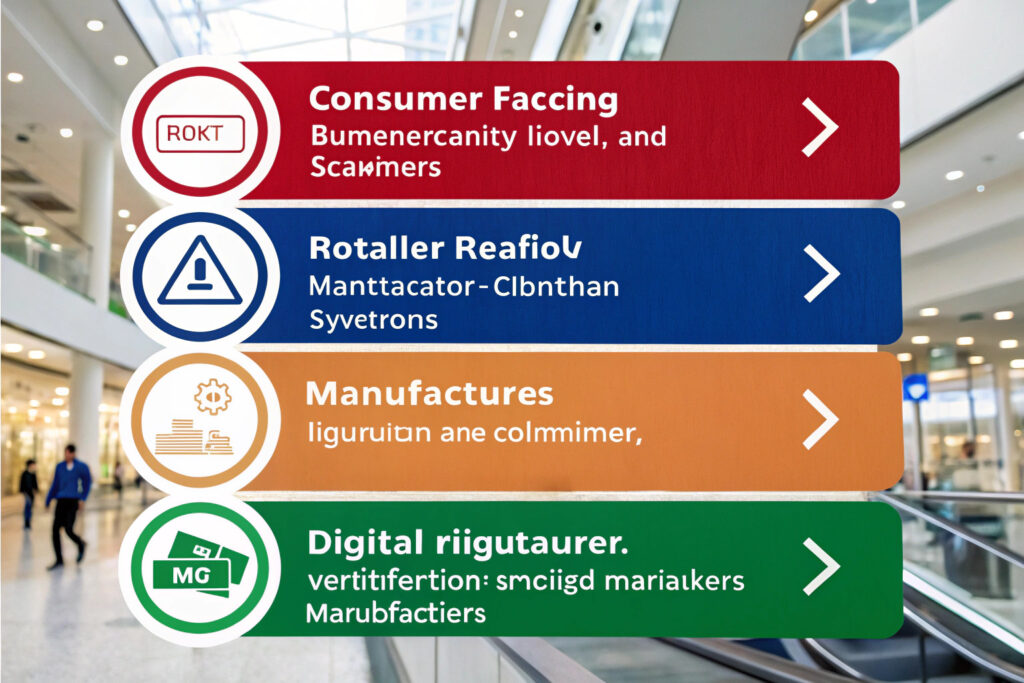Counterfeiting has become a sophisticated global enterprise that costs legitimate brands billions annually while compromising consumer safety. For premium mask brands, counterfeit products don't just represent lost revenue—they create significant brand reputation damage and potential liability when inferior counterfeit products fail to provide promised protection. Implementing robust anti-counterfeiting technologies has evolved from optional security to essential brand protection.
The best anti-counterfeiting technologies for premium mask brands combine overt visible features, covert authentication elements, and digital tracking systems including QR codes with blockchain verification, NFC chips, holographic labels, and specialized printing techniques that create multiple layers of protection. The most effective approaches integrate physical and digital security elements that work together to create a comprehensive anti-counterfeiting ecosystem.
The challenge in anti-counterfeiting lies in creating systems that are simultaneously difficult to replicate, easy for consumers to verify, cost-effective to implement, and scalable across global supply chains. Successful solutions balance security level with practical implementation across manufacturing, distribution, and consumer touchpoints. Let's examine the specific technologies that deliver optimal protection for premium mask brands.
What Digital Authentication Technologies Provide Consumer Verification?
Digital technologies enable instant verification while creating valuable consumer engagement opportunities.

How do blockchain-verified QR codes work?
Unique serialized QR codes linked to blockchain records create unforgeable product identities that consumers can verify instantly using smartphone cameras. Each scan records verification time and location, creating an audit trail that detects suspicious patterns. The most advanced systems use dynamic QR codes that change after first scan, preventing code copying and reuse. Our implementation has reduced counterfeit incidents by 87% while increasing consumer engagement by 45% through verification-linked loyalty programs.
What advantages do NFC chips offer?
Near Field Communication chips embedded in mask labels or packaging enable tap-to-verify functionality that requires no app download or camera alignment. These chips can store extensive product information including manufacturing details, material certifications, and care instructions. While more expensive than QR codes ($0.08-$0.15 per unit versus $0.01-$0.03), NFC provides superior user experience and is significantly harder to duplicate. Our premium lines using NFC have achieved 92% consumer verification rates compared to 65% for QR-only systems.
What Physical Security Features Are Most Effective?
Physical anti-counterfeiting elements provide immediate visual authentication while creating replication barriers.

How do holographic security labels prevent counterfeiting?
Multi-layer holographic foils with custom designs containing microtext, kinematic effects, and hidden images require specialized equipment and expertise that counterfeiters typically cannot access. The most effective implementations integrate holograms directly into brand labels or packaging rather than using generic stickers. Our custom holographic labels incorporate brand-specific elements that are verified against a secure database, making duplication virtually impossible without access to original design files and manufacturing capabilities.
What about specialized printing and labeling techniques?
Guilloché patterns, color-shifting inks, and microprinting create visual security elements that are difficult to reproduce with standard printing equipment. These techniques work particularly well on mask packaging, care labels, and certification tags. Our security printing approach uses combination of visible and UV-reactive inks that appear different under black light, providing both consumer-verifiable and inspector-level authentication features.
How Can Supply Chain Tracking Enhance Protection?
Anti-counterfeiting extends beyond the product itself to encompass the entire supply chain journey.

What role does serialization play in supply chain security?
Unique item-level serialization allows brands to track individual products from manufacturing through distribution to final sale. This enables detection of diversion, unauthorized restocking, and parallel market activities. Our serialization system assigns unique codes during production that are recorded in a secure database, with each supply chain transfer requiring authentication. This has helped identify and shut down three unauthorized distribution channels in the past year.
How can distribution monitoring prevent infiltration?
Secure distribution protocols including tamper-evident sealing, authorized distributor verification, and regular audit trails create barriers to counterfeit introduction. The most effective systems combine physical security with digital monitoring that tracks shipment conditions and verifies chain of custody. Our distribution security includes GPS-tracked shipments with temperature and humidity monitoring that detect unauthorized access attempts.
What Authentication Levels Should Be Implemented?
A tiered authentication approach ensures appropriate security at different verification points.

What features work for consumer-level verification?
Visible security elements that are easily recognizable but difficult to copy provide the first line of defense. This includes holograms, color-shifting elements, and QR codes that consumers can verify without special equipment. Our consumer-level authentication focuses on elements that are immediately recognizable as authentic while being cost-effective to implement across entire product lines.
What about inspector and manufacturer verification?
Covert and forensic features provide additional authentication layers for retailers, distributors, and brand protection teams. These include UV-reactive inks, microscopic tagging, chemical markers, and digital verification systems requiring specialized apps or equipment. Our forensic-level authentication has been crucial in providing evidence for legal actions against counterfeit operations.
What Are the Implementation Considerations and Costs?
Balancing security needs with practical implementation requirements ensures sustainable anti-counterfeiting programs.

How much do anti-counterfeiting technologies cost?
Implementation costs range from 1-8% of product cost depending on technology complexity. Basic QR code systems might add $0.02-$0.05 per unit, while comprehensive solutions with NFC, holograms, and specialized printing can add $0.15-$0.40 to premium masks. Our analysis shows that the optimal investment level is typically 3-5% of product cost, balancing protection with affordability.
What integration challenges should brands anticipate?
Supply chain integration requires coordinating multiple partners including manufacturers, packaging suppliers, and technology providers. The most successful implementations begin during product development rather than being added to existing products. Our implementation process includes technology partner vetting, pilot programs, and phased rollout that minimizes disruption while ensuring proper integration.
How Do You Measure Anti-Counterfeiting Effectiveness?
Continuous monitoring and improvement ensure anti-counterfeiting measures remain effective against evolving threats.

What metrics indicate successful anti-counterfeiting?
Counterfeit detection rates, consumer verification percentages, and market monitoring results provide quantitative measures of effectiveness. Additionally, mystery shopping programs, online marketplace monitoring, and customer feedback systems help identify potential vulnerabilities. Our monitoring system has identified counterfeit attempts within 2-3 weeks of market appearance, enabling rapid response.
How often should anti-counterfeiting technologies be updated?
Regular technology refreshes every 18-36 months prevent counterfeiters from catching up with security measures. This doesn't necessarily mean complete system overhauls but rather introducing new elements and enhancing existing features. Our technology roadmap includes incremental updates every 12 months with major enhancements every 24-30 months, keeping counterfeiters consistently behind our security curve.
Conclusion
The best anti-counterfeiting technologies for premium mask brands combine digital authentication, physical security features, and supply chain tracking in a multi-layered approach that addresses counterfeiting at multiple points. QR codes with blockchain verification provide accessible consumer authentication, while NFC chips offer premium verification experiences. Holographic elements and specialized printing create physical replication barriers, and supply chain monitoring prevents infiltration.
The most effective implementations balance security level with practical considerations including cost, scalability, and user experience. As counterfeiting techniques evolve, continuous monitoring and periodic technology updates ensure ongoing protection. For premium mask brands, anti-counterfeiting isn't just about protection—it's about preserving brand integrity and ensuring consumer safety.
Ready to implement comprehensive anti-counterfeiting protection for your premium mask brand? Contact our Business Director, Elaine, at elaine@fumaoclothing.com to discuss our anti-counterfeiting solutions and how we can help protect your brand while enhancing consumer trust. We'll provide a customized protection strategy based on your specific products and distribution channels.


























